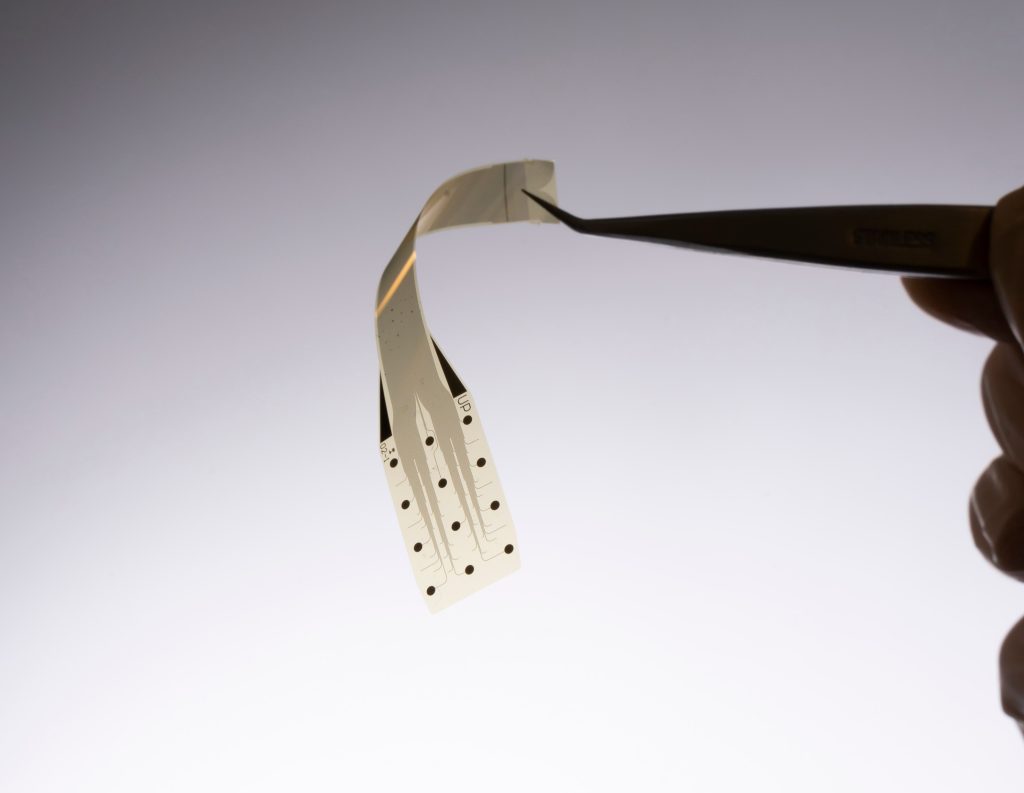An Ultrathin Graphene Brain Implant Was Just Tested in a Person
An Ultrathin Graphene Brain Implant Was Just Tested in a Person
In a groundbreaking development, researchers have successfully tested an ultrathin graphene brain implant in a person...

An Ultrathin Graphene Brain Implant Was Just Tested in a Person
In a groundbreaking development, researchers have successfully tested an ultrathin graphene brain implant in a person for the first time. This cutting-edge technology holds immense promise for revolutionizing the field of neural prosthetics.
The graphene implant is designed to interact with the brain’s neurons, allowing for more precise and efficient communication between the brain and external devices. This has the potential to greatly improve the lives of individuals with neurological disorders or injuries.
The successful testing of the graphene brain implant marks a significant milestone in the field of neuroengineering. It opens up new possibilities for enhancing cognitive abilities, controlling robotic limbs, and even restoring lost sensory functions.
One of the key advantages of graphene is its ultrathin and flexible nature, which makes it well-suited for implantation in the brain without causing damage or rejection. This could lead to safer and more effective brain-computer interfaces in the future.
The researchers behind this groundbreaking study are optimistic about the potential applications of graphene brain implants in the medical field. They believe that this technology could one day help individuals with paralysis regain mobility, or allow those with sensory impairments to experience the world in new ways.
While there is still much research to be done, this successful test of the graphene brain implant represents a major step forward in the development of next-generation neural interfaces. It holds the promise of unlocking new capabilities and improving the quality of life for individuals with neurological conditions.
As the field of neuroengineering continues to advance, we can expect to see even more exciting breakthroughs in the realm of brain-machine interfaces. The successful testing of the ultrathin graphene brain implant is just the beginning of what promises to be a transformative journey towards unlocking the full potential of the human brain.
In conclusion, the recent test of the ultrathin graphene brain implant in a person represents a significant achievement in the field of neural prosthetics. This cutting-edge technology has the potential to revolutionize the way we interact with and harness the power of the brain, opening up new possibilities for individuals with neurological disorders or injuries.





